Researchers from the National University of Singapore (NUS) have developed a transmissive thin scintillator using perovskite nanocrystals, designed for real-time tracking and counting of single protons.
Tag: Perovskite
Simple ballpoint pen can write custom LEDs
Researchers working with Chuan Wang, an associate professor of electrical and systems engineering at the McKelvey School of Engineering at Washington University in St. Louis, have developed ink pens that allow individuals to handwrite flexible, stretchable optoelectronic devices on everyday materials including paper, textiles, rubber, plastics and 3D objects.
Perovskite solar cells invented by NUS scientists set new world record for power conversion efficiency
Perovskite solar cells designed by a team of scientists from the National University of Singapore have attained a world record efficiency of 24.35% with an active area of 1 cm2. This achievement paves the way for cheaper, more efficient and durable solar cells.
Novel computer components inspired by brain cells
Researchers at Empa, ETH Zurich and the “Politecnico di Milano” are developing a new type of computer component that is more powerful and easier to manufacture than its predecessors. Inspired by the human brain, it is designed to process large amounts of data fast and in an energy-efficient way.
A more environmentally friendly air conditioner
The hydrofluorocarbon refrigerants in air conditioners and other cooling devices are potent greenhouse gases. Today, scientists report a prototype that uses a novel solid barocaloric material. It could someday replace existing “A/Cs”. They will present their results at ACS Fall 2022.
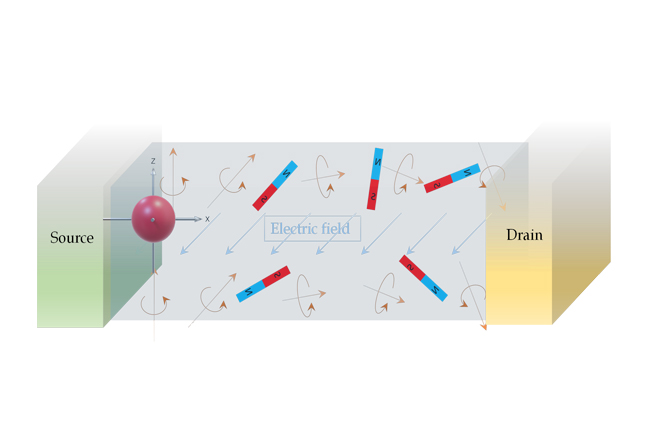
Rensselaer Researchers Learn to Control Electron Spin at Room Temperature To Make Devices More Efficient and Faster
As our devices become smaller, faster, more energy efficient, and capable of holding larger amounts of data, spintronics may continue that trajectory. Whereas electronics is based on the flow of electrons, spintronics is based on the spin of electrons.
Key to improved green tech efficiency found in simple acid treatment
The development of new, more efficient electrochemical cells could provide a good option for carbon-free hydrogen and chemical production along with large-scale electricity generation and storage.
But first, scientists must overcome several challenges, including how to make the cells more efficient and cost-effective.
Recently, a research team led by Idaho National Laboratory used a simple process to bind materials more tightly within protonic ceramic electrochemical cells, also known as PCECs, solving a mystery that had limited the technology’s performance. The results were published in the latest issue of the scientific journal Nature.
Metal-Halide Perovskite Semiconductors Can Compete with Silicon Counterparts for Solar Cells, LEDs
Common semiconductor materials for solar cells, such as silicon, must be grown via an expensive process to avoid defects within their crystal structure that affect functionality. But metal-halide perovskite semiconductors are emerging as a cheaper, alternative material class, with excellent and tunable functionality as well as easy processability.

Stretchy, bendy, flexible LEDs
Chuan Wang’s lab at the McKelvey School of Engineering has developed a way to print stretchy LEDs on unconventional surfaces using an inkjet printer.
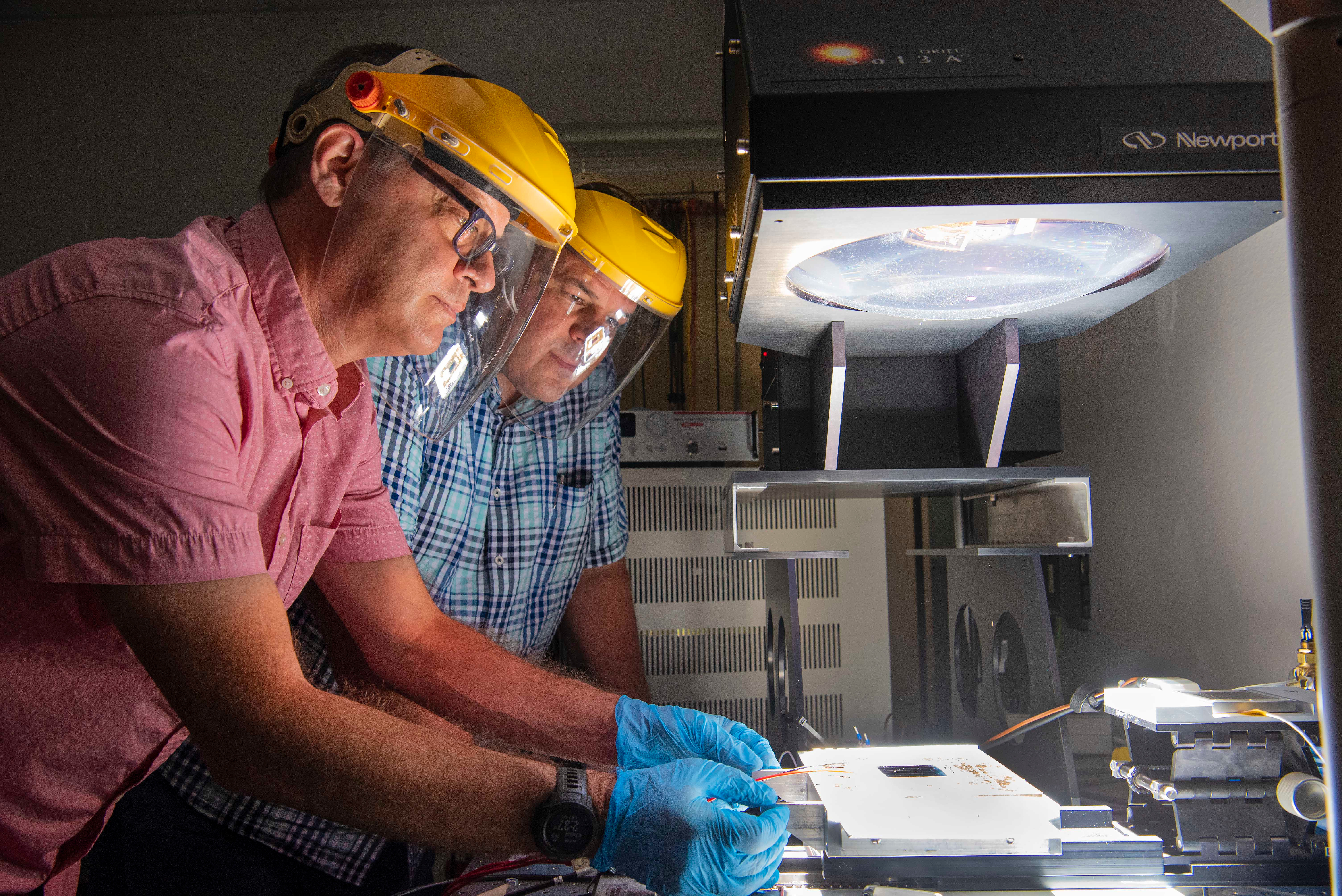
Sandia-led center to advance understanding of new solar panel technology
The Department of Energy recently awarded $14 million to form a Sandia National Laboratories-led center to improve the understanding of perovskite-based photovoltaic technologies and determine the best tests to evaluate the new solar panels’ lifetimes.
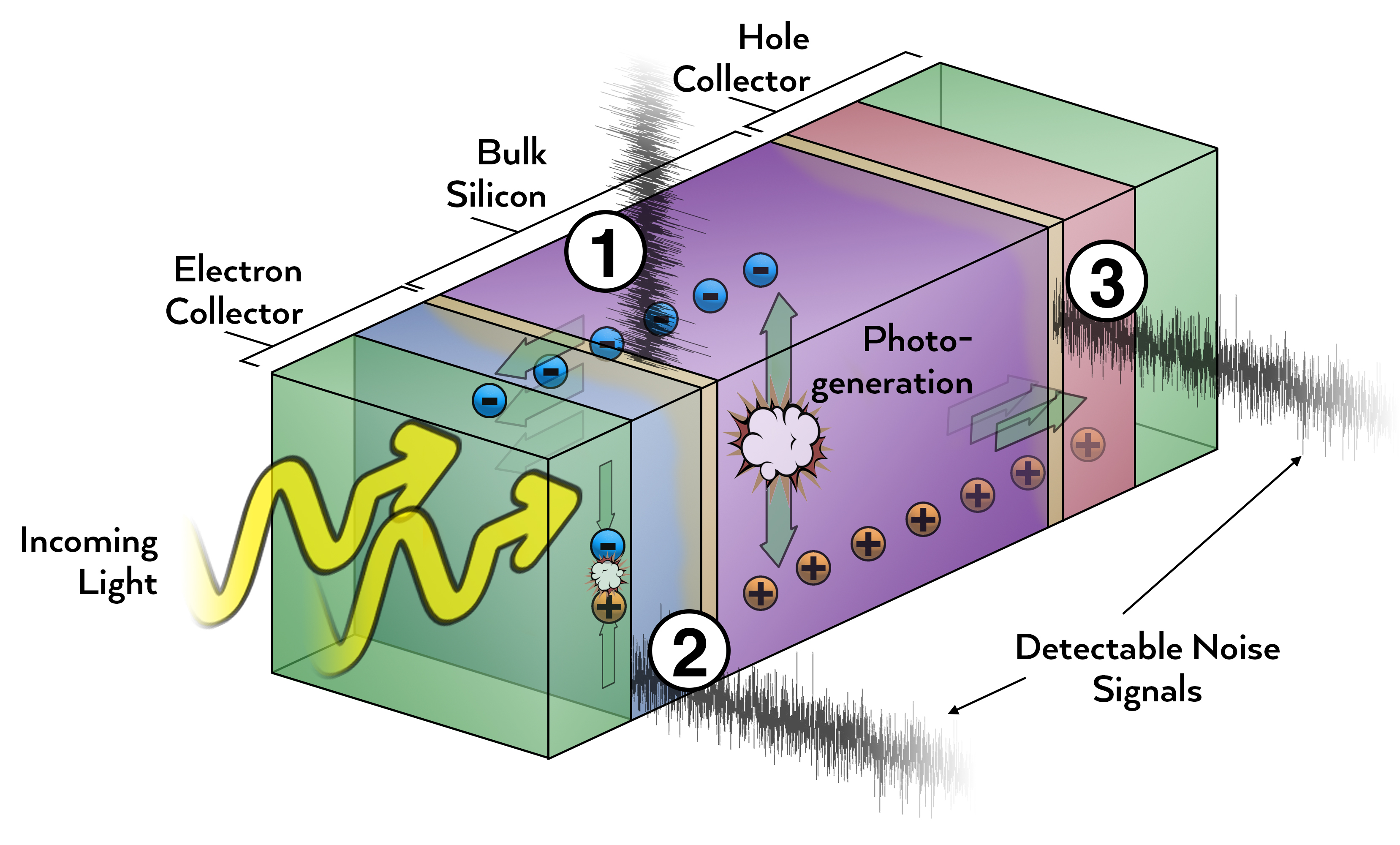
Cutting through noise for better solar cells
Physicists used cross-correlation noise spectroscopy to measure miniscule fluctuations in electrical current flowing between materials inside silicon solar cells. They identified crucial signals that are invisible to conventional methods, and pinpointed the likely physical processes causing the noise.

Automated chemistry sets new pace for materials discovery
Researchers at the Department of Energy’s Oak Ridge National Laboratory and the University of Tennessee developed an automated workflow to study metal halide perovskites, materials with outstanding properties for harnessing light that can be used to make solar cells, energy-efficient lighting and sensors.
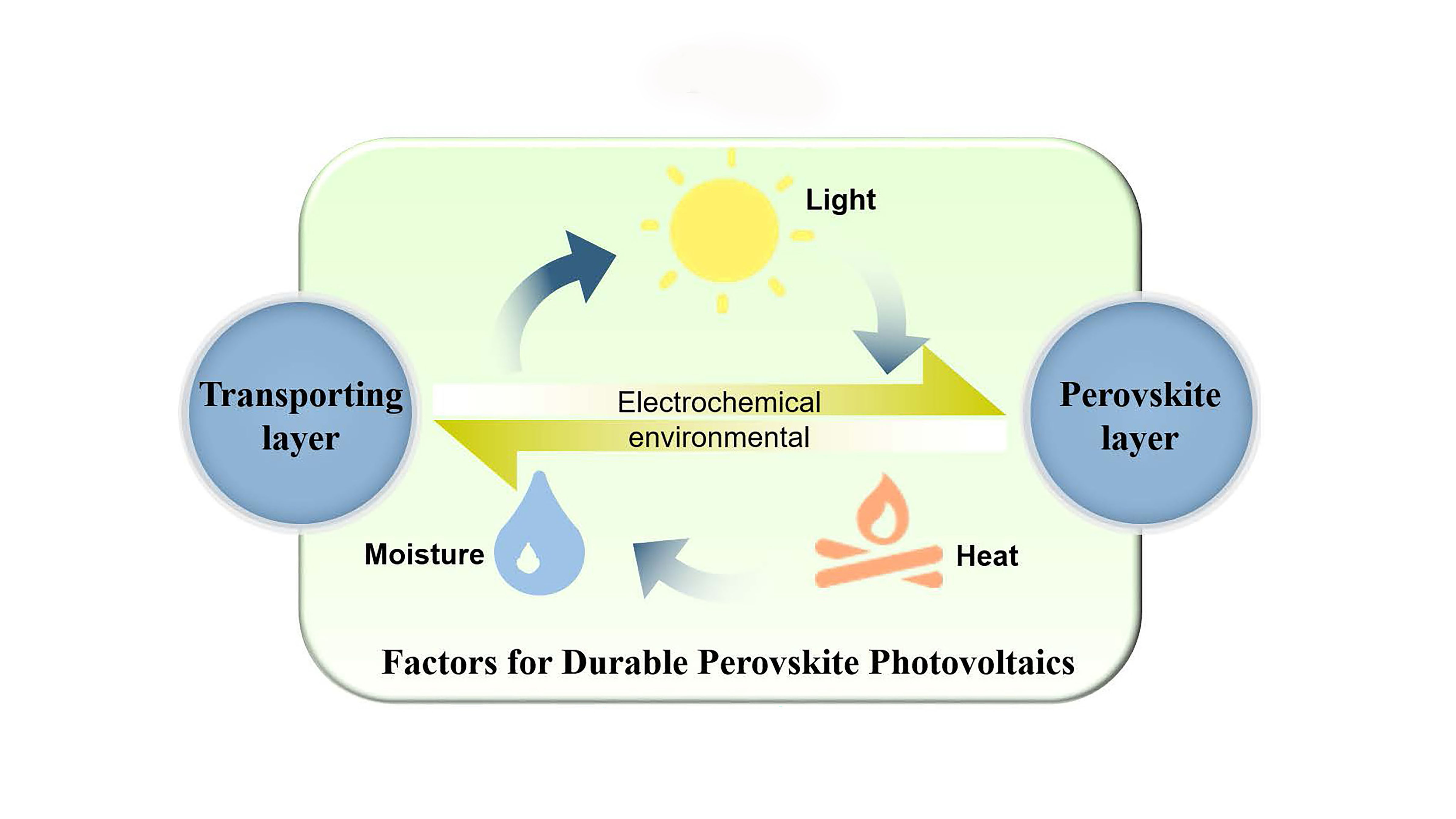
Promising Strategies for Durable Perovskite Solar Cells
Perovskite materials are increasingly popular as the active layer in solar cells, but internal forces in these materials cause distortions in their crystal structures, reducing symmetry and contributing to their intrinsic instability. Researchers at Soochow University examined the mechanisms at play, as well as several degradation factors that influence the performance of perovskite photovoltaics. In APL Materials, they clarified the factors influencing the degradation and they summarized some feasible approaches for durable perovskite photovoltaics.
New fabrication method brings single-crystal perovskite devices closer to viability
Nanoengineers at UC San Diego developed a new method to fabricate perovskites as single-crystal thin films, which are more efficient for use in solar cells and optical devices than the current state-of-the-art polycrystalline forms of the material.
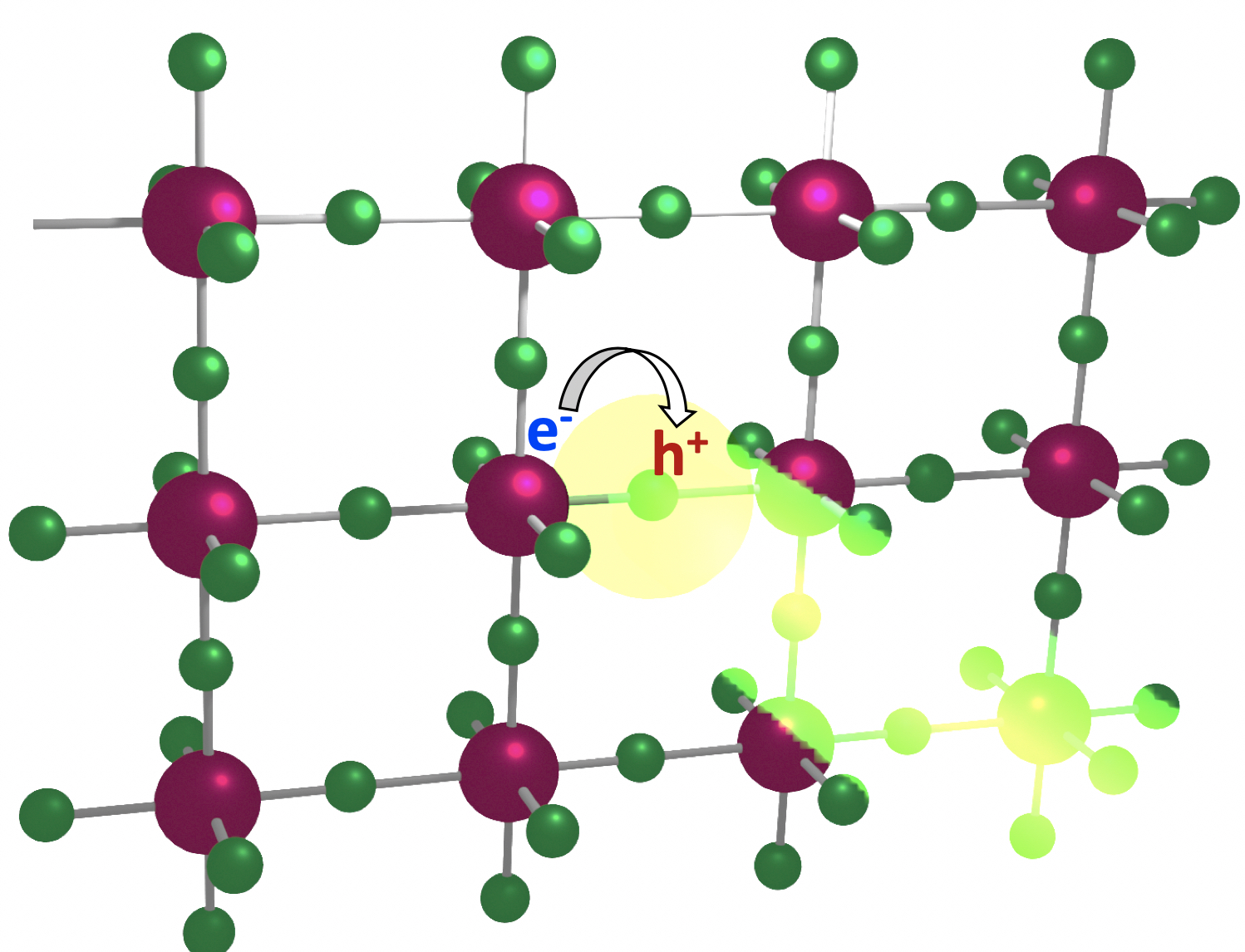
Organic Spacers Improve LED Performance
Sandwiching a 2-D light-emitting layer between ring-shaped carbon compounds significantly improved device efficiency and brightness.
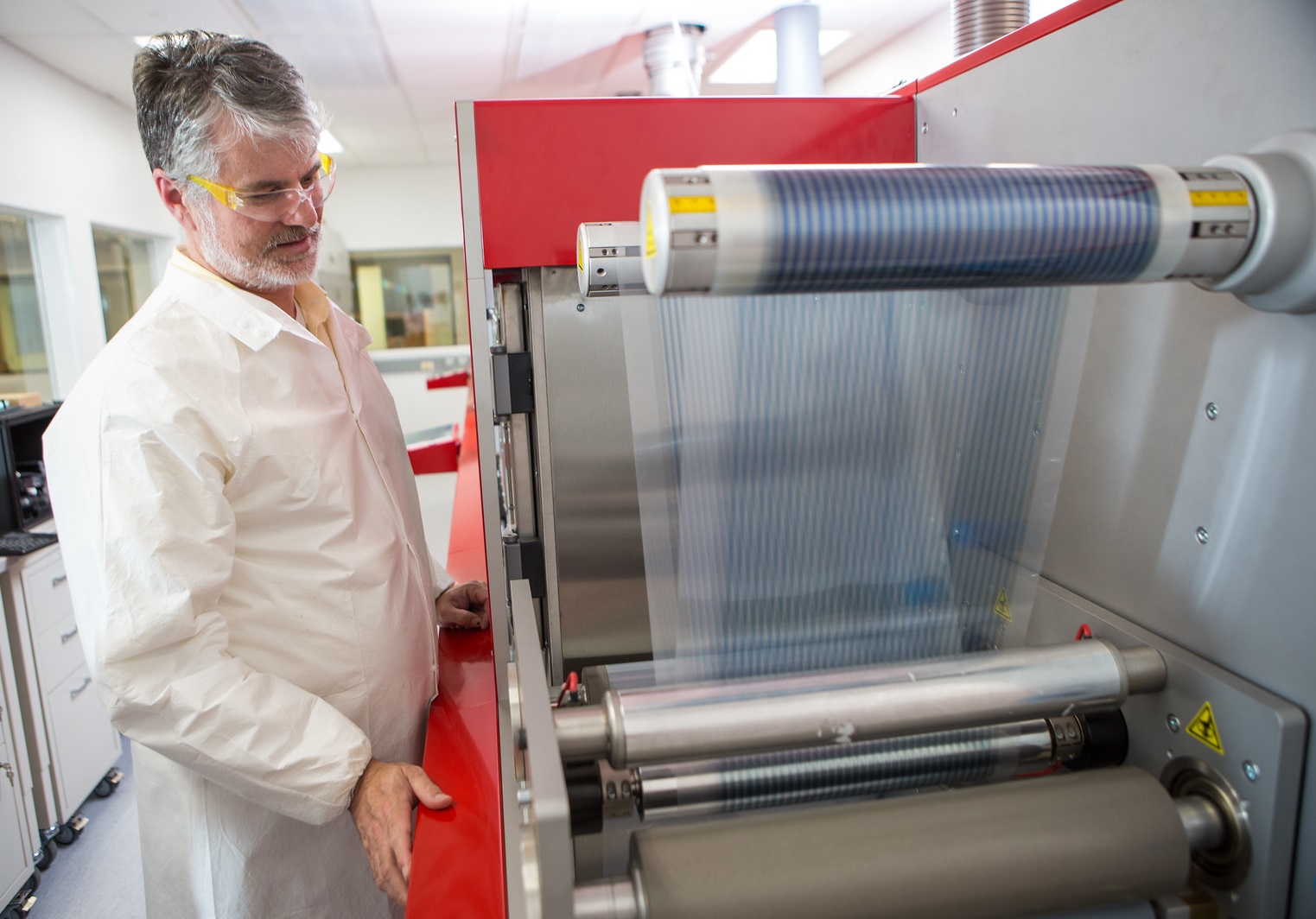
Solar researchers across country join forces with industry to boost U.S. solar manufacturing
The University of Washington, the National Renewable Energy Laboratory, the University of North Carolina at Chapel Hill and the University of Toledo have formed the U.S. Manufacturing of Advanced Perovskites Consortium to accelerate the domestic commercialization of perovskite technologies.
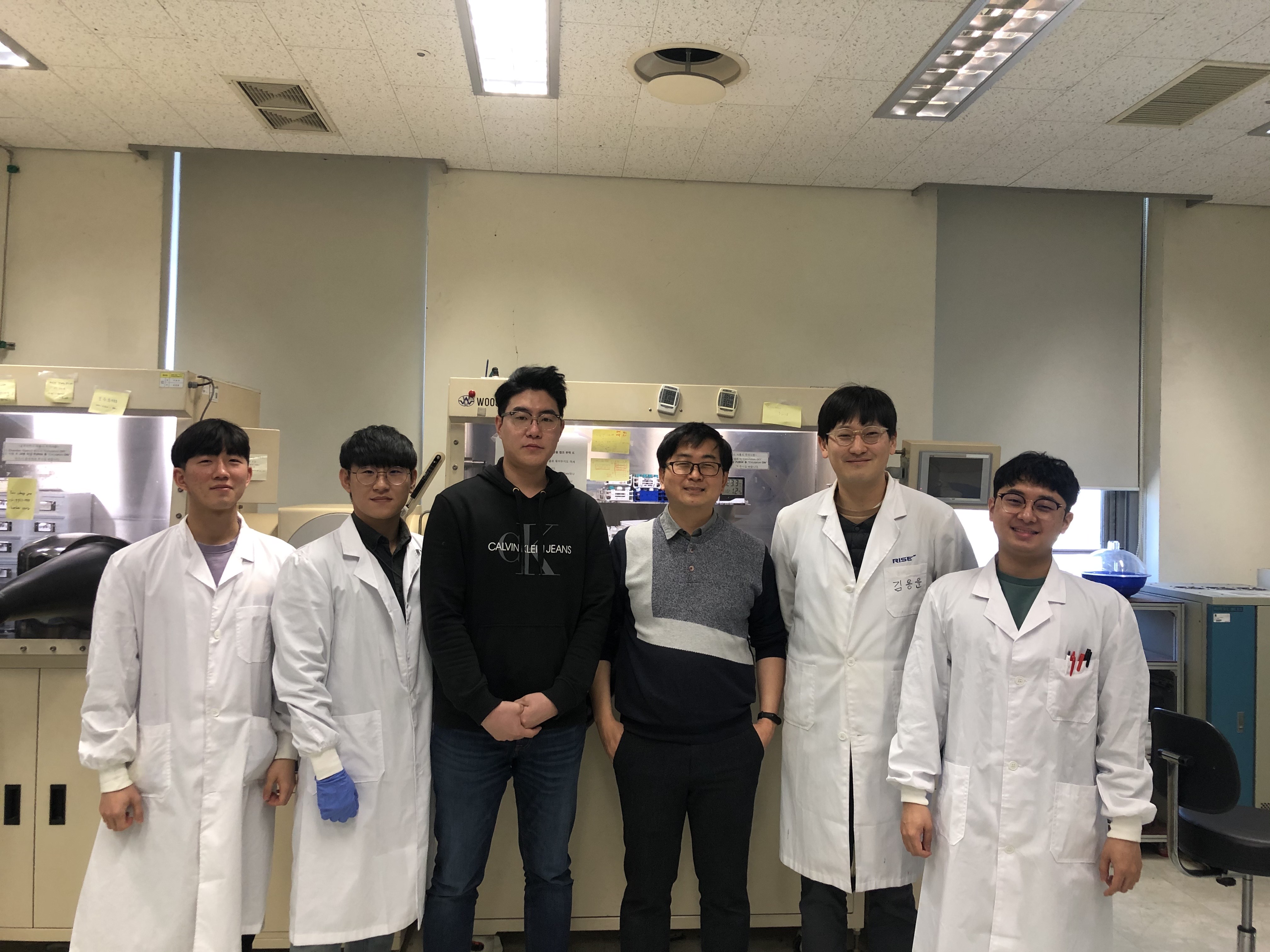
Stabilizing High-Efficiency Solar Cells
A new processing method helps the devices maintain their initial efficiency over time under continuous exposure to light or heat.
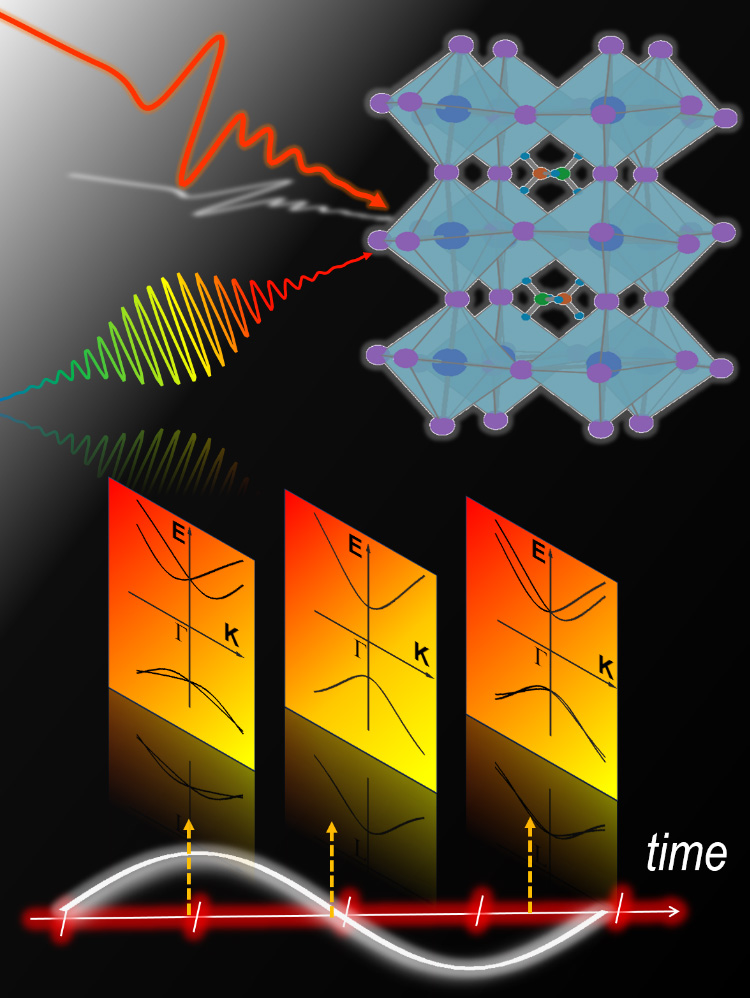
Finding the beat: New discovery settles a long-standing debate about photovoltaic materials
Scientists have theorized that organometallic halide perovskites— a class of light harvesting “wonder” materials for applications in solar cells and quantum electronics— are so promising due to an unseen yet highly controversial mechanism called the Rashba effect. Scientists at the U.S. Department of Energy’s Ames Laboratory have now experimentally proven the existence of the effect.